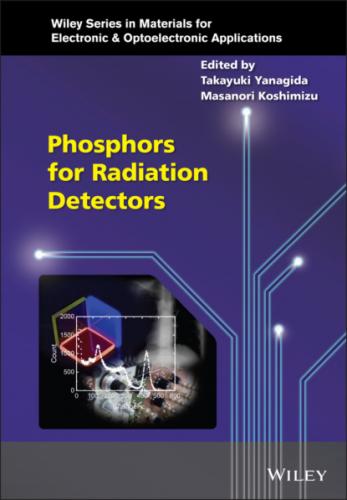Figure 1.8 Emission mechanisms of TSL, OSL, and RPL.
1.4.2 Analytical Description of TSL
There are several analysis methods of TSL, and here we introduce a model based on reaction kinetics. The following explanations on TSL analysis can be found in previous literature [79, 80]. In this section, we briefly introduce the common understanding of the analytic formula of TSL, while detailed explanations on practical applications appear in Chapter 7. If we assume E as the threshold of thermal ionization, the probability of thermal ionization is a typical Boltzmann distribution such as
where s, k, and T represent the frequency factor, the Boltzmann constant, and the temperature, respectively. We define n, m, η, and ζ as concentration of free electron, concentration of free hole, proportional constant of radiative recombination, and proportional constant of non‐radiative recombination, respectively. Here, if N is the total number of the electron trapping centers, and n1 is the number of the trapping centers occupied with an electron, then N‐n1 is a number of empty trapping centers. If we define α as a retrapping coefficient, the time dependence of n1 is
(1.28)
We can use the same equation for the trapping center occupied with a hole assuming M as the number of trapping centers for the hole, m1 as the number of trapping centers occupied with the hole, and E' as an activation energy for the hole to the valence band, and the time dependence of the hole center is
(1.29)
where s' is a frequency factor for the hole, γ' is the retrapping coefficient of the free hole, and γm is the recombination coefficient, respectively. We assume J is a constant energy absorption of material (constant), and the number of free electrons and free holes are generated proportional to αJ, where α is a proportional constant. Then, the time dependence of concentrations of electrons and holes are
and
(1.31)
respectively. In these equations, dn1/dt and dm1/dt represent a charging (trapping) process, and (η + ζ)nm and Βm nm1 represent dissipation processes. Let us consider the energy dissipation after stopping the irradiation at temperature T. In this case, if we assume J = 0 in (1.27)–(1.30) at time t = 0, then TL from the electron centers by electron release is
(1.32)
After this time, the time dependence of concentration of electron trapped centers is
If we assume temperature T0 < < E/k and the heating rate of β, the temperature is
The simplest model of luminescence process under this condition is the Randall–Wilkins model. In this classical model, retrapping of electrons is not considered (γ = 0). If we assume (η + ζ) = 0 in Equation (1.30), the TSL intensity can be written as
If we change a variable of Equation (1.33) by Equation (1.34), the temperature dependence of the electron concentration can be expressed as
and after the integration of Equation (1.35) by temperature T, we can obtain
In this equation, n10 means an electron density at T = T0, which equals the concentration of electron trapping centers generated by ionizing radiation exposure. If we combine Equation (1.36) with
